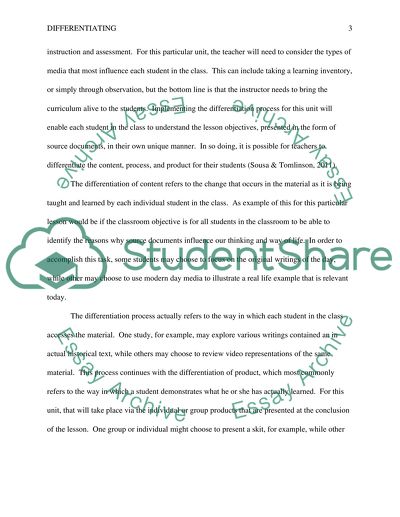Cite this document
(“Teaching techniques. Differentiated Process, Product, and Content Assignment”, n.d.)
Teaching techniques. Differentiated Process, Product, and Content Assignment. Retrieved from https://studentshare.org/education/1488103-week
Teaching techniques. Differentiated Process, Product, and Content Assignment. Retrieved from https://studentshare.org/education/1488103-week
(Teaching Techniques. Differentiated Process, Product, and Content Assignment)
Teaching Techniques. Differentiated Process, Product, and Content Assignment. https://studentshare.org/education/1488103-week.
Teaching Techniques. Differentiated Process, Product, and Content Assignment. https://studentshare.org/education/1488103-week.
“Teaching Techniques. Differentiated Process, Product, and Content Assignment”, n.d. https://studentshare.org/education/1488103-week.


